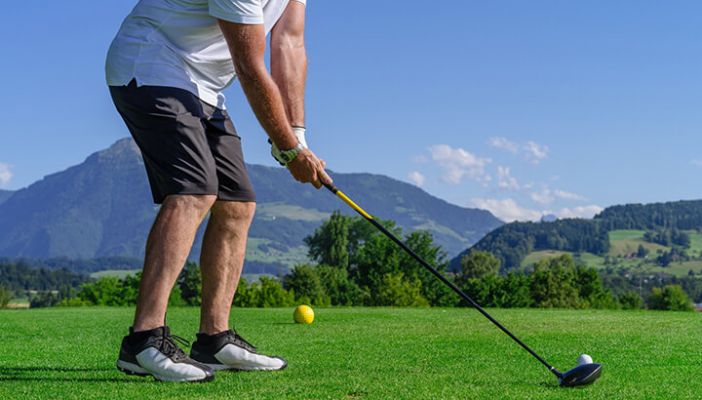When golfers buy new equipment, often times not a lot of thought goes into exactly what they are buying. Sometimes the decision making process is based on how the clubs look visually as opposed to their performance aspects. A lot of people would benefit from a custom fitting session so that they can have a set of clubs that are perfect for their specific body and swing type. However, this is not practical for most golfers.
Something that can easily be changed or watched out for with your driver is the degree of loft that you have on it. This is a variable that is often forgotten, but it can have a significant impact on how far you drive the ball and how accurate you are off the tee.
What not to base your decision on
When buying equipment, many golfers will copy what their favorite tour professionals have in the bag, down to the exact same shaft and lofts. This is an approach that needs to be avoided at all costs. These specs are tailored for that individual player. They can hit their driver at tremendous speeds. They need stiffer shafts and can get away with lower lofts. If an amateur player tries to use these setups, their driving will very often be disastrous.
Look at your club speed
One of the first ports of call when choosing a driver loft is assessing your club speed. Most pro shops or golf equipment stores will have a device in which you can do this. If not, you can estimate it yourself. Find out what club you use in order to hit a ball 150 yards. If it takes a 6 iron to achieve this, usually the club speed will be between 84 and 95 miles per hour. If it is a 7 iron, it is between 95 and 104 m.p.h. An 8 or 9 iron will be between 105 and 115 m.p.h.
Test out a driver with loft suited to that specific club speed
Different lofts will be better suited to certain club speeds. If your club speed is between 95 and 104 m.p.h., try a 10 to 11-degree loft. Between 105 and 115 m.p.h., use a 7 to 9-degree loft. Those who have club speeds that are less than 85 m.p.h. should try one between 14 and 20 degrees. For speeds over 130 m.p.h., 4 to 7 degrees could be your ideal range.
Test, test and retest
When you are going through this process, keep testing between the different lofts. You will most likely notice subtle differences in the way you are striking the ball and what sort of results you are achieving. To keep everything consistent and uniform with your tests, ensure that the shaft and model of the club are kept the same throughout the entire process.
What sort of player needs high lofted drivers?
If you do not want to rely solely on club speed as the method in which you choose the loft of your driver, there are some key characteristics of your game that can help you choose.
Slow swingers, upward hitters of the ball and those drivers that have low or front weighted components will be better off using higher-lofted drivers. When you hit up on the ball, there will be less ball spin generated as the spin loft is lower. To maximize distance, use a higher loft.
Drivers with low or forward centers of gravity will also generate less spin. They will need to have a higher launch angle. Higher lofts are also more forgiving, as it will be harder to curve the ball.
What sort of player needs low lofted drivers?
People who would be better suited to lower lofted drivers are the opposite of those who need higher lofts. If you are a fast swinger, a downward hitter or you utilize a back or high weighted driver, you will be better suited to a lower loft. With these characteristics you will be generating a lot of spin off the tee, so a lower loft will reduce these levels and help you hit the ball further.
— Andrew O’Malley
